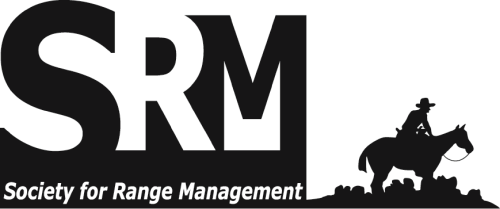On the Ground • Parker Three-Step data that exist on many US Forest Service allotments may be the only remaining, truly long-term vegetation and soil data available. Although Parker Three-Step procedures have been abandoned on many Forest Service districts, the historical insight they provide may be worth revisiting for management purposes. • The Parker photos that accompany the transect data may be of more value than the data. • Long-term vegetation records in Coyote Flat reveal the range to remain generally in fair condition since at least 1931, despite large reductions in livestock numbers, drastically shortened season of use, and 7 years of rest out of the last 13 grazing seasons. • The correlation and interaction between reduced grazing pressure and ecological condition on high-elevation mountain meadow ecosystems, particularly as revealed by Parker Three-Step data, is not always intuitive or linear. The Rangelands archives are made available by the Society for Range Management and the University of Arizona Libraries. Contact lbry-journals@email.arizona.edu for further information. Migrated from OJS platform March 2020

Practical, non-technical peer-reviewed articles published by the Society for Range Management. Access articles on a rolling-window basis from vol 1, 1979 up to 3 years from the current year. More recent content is available by subscription from SRM.